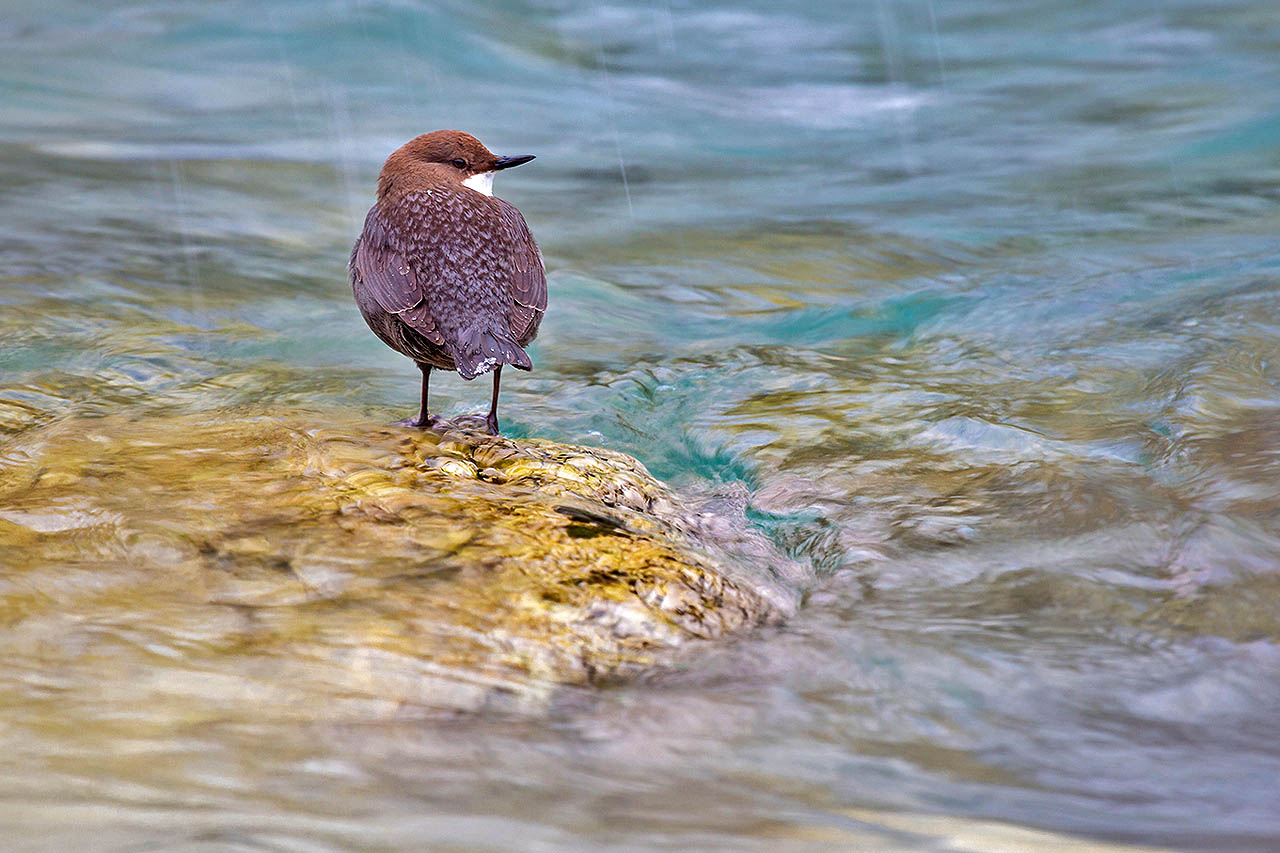Blue gold
The last “wild” streams of the Dolomites, at the crossroads between exploitation and protection
The sounds of the stream surround us while we are walking slowly along its banks: the rumble of a small waterfall, the song of the gravel bouncing downstream, the swash of the current sneaking under a fallen log. Balancing on a rock, a dipper, its white chest shining in the sun, waits for the right time to dive back into the water, while nearby a wagtail skims over the surface, with its typical waving flight. Behind the wood and above us a vertical rock wall is so imposing to be breathtaking, but at the same time as light as only the embroidery of a Dolomite crest can be. After a large boulder the stream widens into multiple channels: they will last until the next flood, then change, reflecting the sun light in every direction following the dynamics of gravel, water and wood which here is still close to natural.
The river has enough room to recreate its forms and habitats, but also for people: anglers, children playing in a pool, hikers enjoying the fresh water after a long walk. We are along the Tegnas, in the upper San Lucano valley, but we could also be in the uncontaminated Val Franzedas, squeezed between the Marmolada and Cime d’Auta, among the gigantic boulders lining the Rio Andraz, or near the rapids of the Rio Ram (Rambach), to name a few.
What do they have in common? They are among the few still relatively natural and unspoiled streams in the Dolomites, but at the same time their integrity is at risk and within few months or years they could be irreparably compromised. As many others, they might be overwhelmed by the new (blue) gold rush, which, under the pressure of strong incentives, has led in Italy and mainly in the Alps to the construction of over 1,000 new hydropower plants in just over 5 years, for a negligible increase of installed hydroelectric power. Hydropower, in fact, although often considered as “green”, is one of the main causes of ecological degradation of freshwaters, together with excessively invasive flood protection works.
By 2015 all European waters should be in good conditions (Water Framework Directive of the European Union).
To keep the Alps alive, a compromise between nature conservation and human use is obviously necessary. Will this mean that even the last “natural” streams will be sacrificed? On the one hand a clear answer comes to us from the EU, which calls for strict conservation goals. On the other, it is key to recognize the importance of these ecosystems, not only for ethical reasons, to ensure that future generations can enjoy them, but also to protect the attractiveness of a territory for which nature and landscape are the greatest
strengths. A complex challenge, especially under climate change scenarios, rapidly changing boundary conditions in the Alps in relation to water and land use, but one that is worth facing.
Text e photos by Andrea Goltara and Bruno Boz
credits:
foto: Un merlo acquaiolo osserva il torrente durante una nevicata pronto per una nuova immersione




